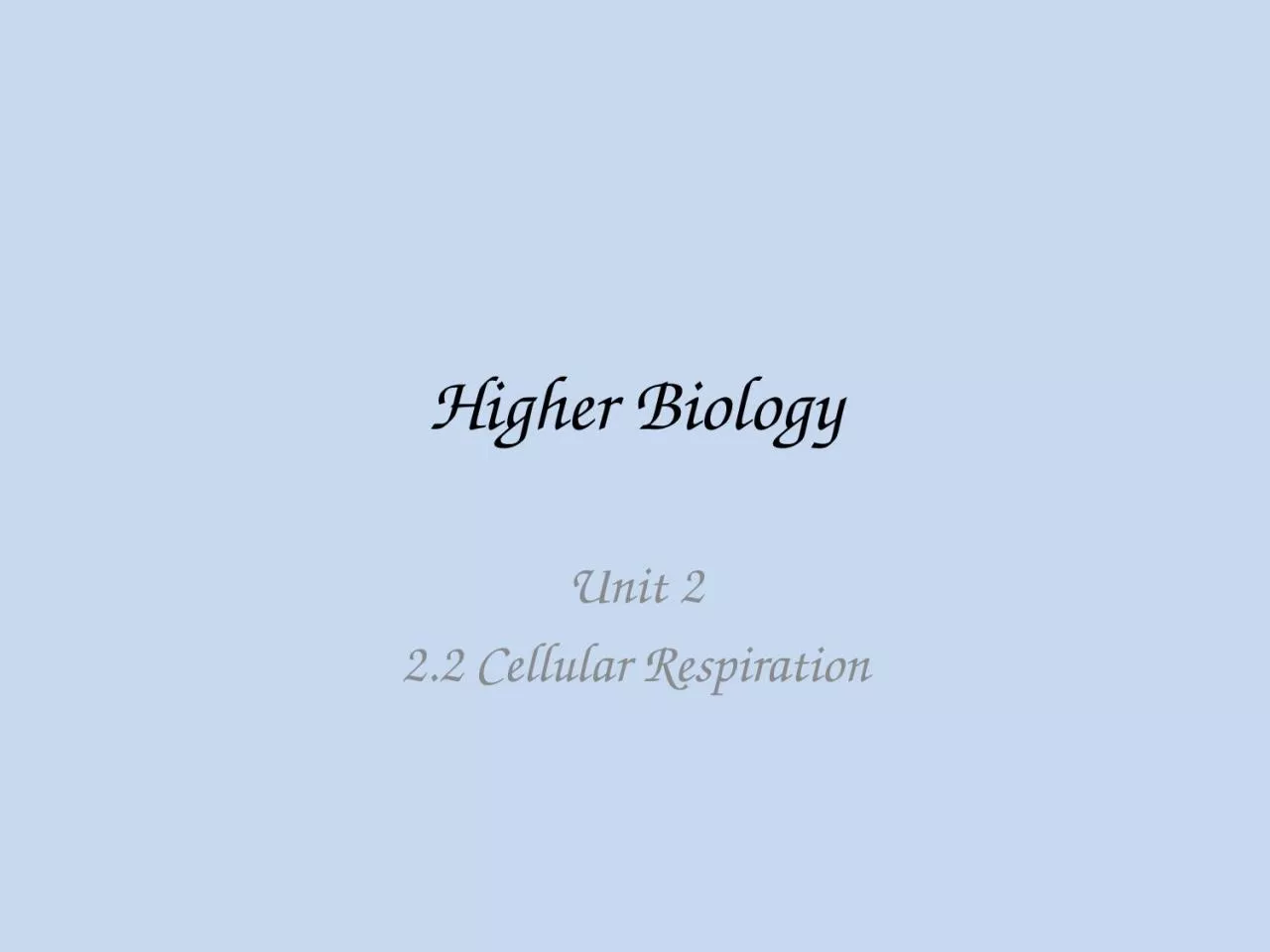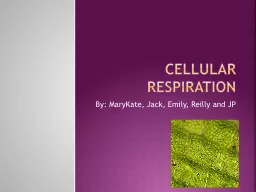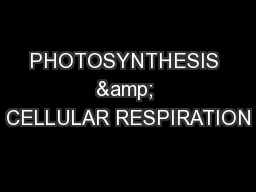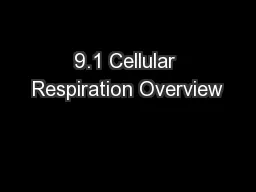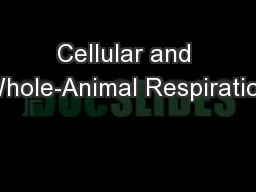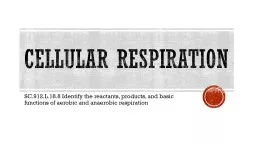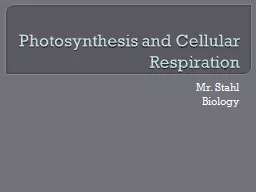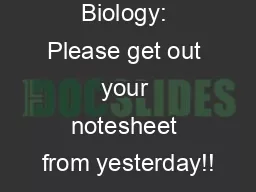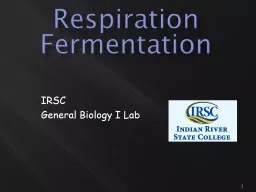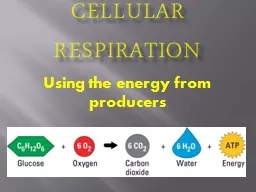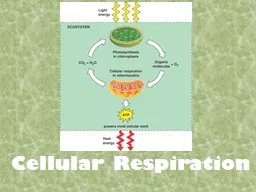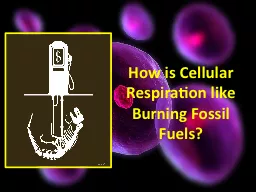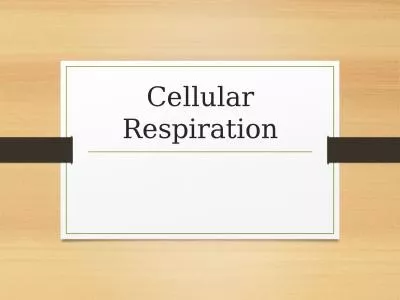PPT-Higher Biology Unit 2 2.2 Cellular Respiration
Author : freya | Published Date : 2024-01-03
Respiration Respiration is a catabolic pathway that is controlled by different enzymes It releases energy from a molecule of 6 carbon glucose by breaking it down
Presentation Embed Code
Download Presentation
Download Presentation The PPT/PDF document "Higher Biology Unit 2 2.2 Cellular Respi..." is the property of its rightful owner. Permission is granted to download and print the materials on this website for personal, non-commercial use only, and to display it on your personal computer provided you do not modify the materials and that you retain all copyright notices contained in the materials. By downloading content from our website, you accept the terms of this agreement.
Higher Biology Unit 2 2.2 Cellular Respiration: Transcript
Download Rules Of Document
"Higher Biology Unit 2 2.2 Cellular Respiration"The content belongs to its owner. You may download and print it for personal use, without modification, and keep all copyright notices. By downloading, you agree to these terms.
Related Documents

